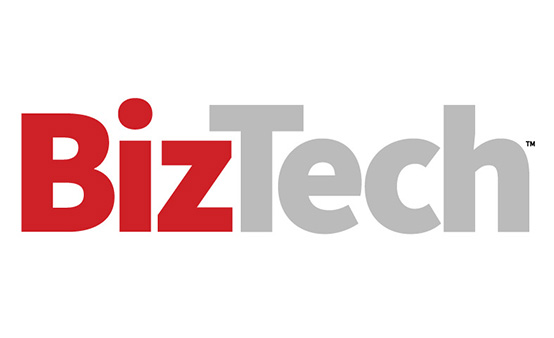Most small businesses continue to struggle to make their data ready for artificial intelligence (AI), despite the fact that 52% of those surveyed in the U.S. say they’ve been “very successful” operationalizing the technology, according to a new Snowflake report.
The report, titled “The Radical ROI of Gen AI,” compiled the responses of 1,900 respondents at early AI adopter organizations globally and found that 64% still wrestle with integrating data across sources, 59% are challenged with enforcing data governance, and 59% cite difficulty with measuring and monitoring data quality.
Many IT experts assumed the advent of cloud computing would fix business’ problem of not having AI-ready data, but the reality is that many don’t want to rely on a single cloud service provider, meaning that silos remain a challenge.
“There’s no AI strategy without a great data strategy underneath,” says Artin Avanes, head of core data platforms at Snowflake.
Click the banner below to read the new CDW Artificial Intelligence Research Report.
Using AI Tools to Make Data AI-Ready
92% of SMB IT report ROI after implementation, but the difficulty is making their data AI ready in the first place whether it’s structured or unstructured.
Fortunately, generative AI is increasingly affording new experiences using unstructured data. For instance, the technology has simplified the scanning of thousands of PDFs to answer user queries, which was previously a cumbersome, error-prone process.
That’s precisely why choosing the right generative AI tools is key. Ideally, businesses should have a smooth ingestion of unstructured data with a search experience layered on top — no data science background necessary, Avanes says.
READ MORE: Increase ServiceNow capabilities with AI.
Generative AI can also help businesses with their data governance challenges by automatically applying and enforcing access policies once data has been classified — and in some cases, by handling the tagging itself.
“You can find sensitive data and then basically instruct the enforcement of policies without needing to do it again or writing a ton of code yourself,” Avanes says.
Despite Challenges, SMBs Find AI Is Paying for Itself
Ninety-two percent of AI early adopters said their investment in the technology already paid for itself, according to Snowflake’s report. This is particularly true when it comes to automating routine tasks that improve internal productivity, Avanes says.
Embedding AI into workflows can help a sales team increase leads, improve outreach, refine messaging and extract insights from various data sources. IT leaders can also consolidate data from Salesforce and ServiceNow via an AI-enabled platform in order to build a chatbot-like experience, where sales account executives can ask questions and get answers fairly quickly.
“If you look at what was done in the past and how you would actually put a dollar amount to it, it does translate into a pretty large winning and return on investment,” Avanes says.
UP NEXT: These AI PCs that put the end user first.
Part of the allure of AI is the simplicity, particularly when a business is saddled with a lot of legacy code that needs to be migrated, Avanes says.
AI can help migrate legacy applications to a new platform, a task that can be complicated when the data is in different formats and written in different coding languages.
“With the newest models, that task can be automated and that really slashes the cost, the resources and time to move to a more modern platform,” Avanes says.
Click the banner below to learn how third-party services can help small businesses.














